
It is undoubtedly known that film is a male-dominated industry. For the last 27 years, the annual “Celluloid Ceiling” test has been conducted to track women’s employment on the top 250 grossing films. In 2024, women made up only 23% of directors , writers, producers, executive producers, editors and cinematographers. However, a group of students at UNC-Wilmington have strived to change this narrative.
During the weekend of March 14-16, Spoonfed Comedy, a production company created by Riley Snyder and Izzie Barrett with director Ashley Miller built an all-female team to tell a sapphic love story for Flicker Film Society’s annual 48-hour film challenge. In just two days, students wrote, filmed and edited five to eight-minute films under the prompt: A Search.
This team went on to win three of six awards in a male-dominated room, including Critics Choice, Audience Choice and Best Acting. As the only female-dominated team in this challenge, their work is evidence that those statistics are present on college campuses as well.
Snyder expressed their intention behind the company is to give student directors a place to produce their work. “We are always brought onto the guys’ projects, so we wanted to make our own, to be the storytellers,” said Miller. Their content is posted to Instagram, TikTok and YouTube.
The decision to create an all-female group came to involve those in Flicker who are normally not chosen for big productions. Snyder believes that everyone should have these opportunities. Women in the program have just as much experience as men, though they are not always the first thought of when teams are built. “We wanted them to know they’re the first thought for us,” Snyder said.
Isabella Haddon, the film’s camera operator, shared that Barret personally asked her to be a part of this film. “I’m usually not the first choice for camera operator since there are so many guys in film.” She explained her excitement to connect with all the women on this team. She doesn’t think there would have been any other place for her on that set.
Creating an all-female team also provided the chance to tell a queer story, a story they knew no other team would have. “We wanted to tell something that was a little closer to home,” Miller shared.
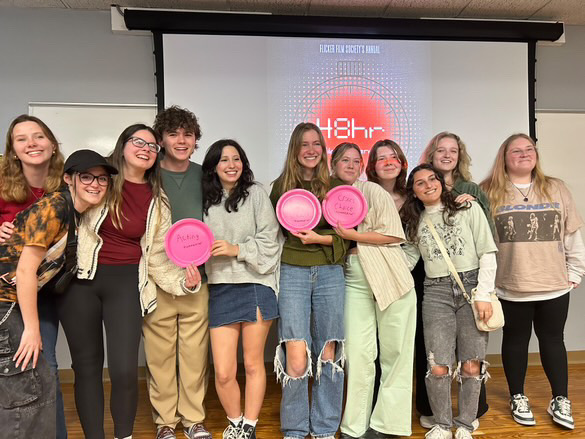
The team made it known that this collaborative atmosphere contrasted what many of them have experienced on previous male dominated sets. Snyder shared that male dominated sets do not always communicate resulting in their ideas clashing throughout the process. This change of pace was said to create “a magical flow.”
“I would try to get an idea out of my head and Isabella would say ‘I’m on the same page,’ then we could just do it.” stated Snyder. The team agreed that everyone in the group provided immense support, making moments of stress feel a lot easier.
Hannah Duggins, the film’s boom operator and second assistant camera, echoed this experience. The key difference was how they worked together. “We are a group, not people with set skills who came together just to do their job,” said Duggins.
Gabby Santomartino, the film’s script advisor and second assistant director, shared that in most of her experiences, she has been the only girl on crew. On this set, she felt that everyone’s voice mattered, and that the relationship the women had with each other led to the close-knit connection they developed outside the set.
The film they created, “Asymmetrical,” centers an unrequited love between Margot and Aurora, played by UNCW students Bella Thomas and Rae Smith. As queer actors, Thomas and Smith said how deeply they connected to their characters. “This story had a sense of relatability for a lot of queer people, but that sense of longing is relatable for anyone,” Thomas said. Smith agreed with this statement, sharing that everyone has had their ‘Aurora,’ regardless of gender.
The actors only met on the first day, but their chemistry was admirable. Thomas said that she believes her love for this film is why she could act in a way that has been so well received. Without that connection, it would be harder to channel the raw tension these characters endure.
Snyder emphasized that even with the time barrier, they managed to create intention behind every scene. The stargazing moment ended up being many of the team member’s favorite. This scene was meant to capture Snyder’s own experiences, which led it to become a pivotal shot in the film. The camera lingers on the characters’ faces allowing the audience to see both their reactions, but not each other; as Margot is about to express her feelings for Aurora, only for Aurora to reveal she is dating a man.
The scene ends with a montage of Margot alone in all the places she once shared with Aurora, driving the emotional turmoil of isolation and loneliness. The team shared this moment where the imbalance of their relationship is made known, reflecting the title. “We needed to draw the audience in because this moment was so important to share and they executed it so well,” said Haddon.
For Duggins, who is a theater major, watching Thomas and Smith perform brought this raw emotion to life. “Film is so personal, so it is important to have someone who can talk about similar experiences. You can see it in their faces,” she said. Haddon from behind the camera, added to this, saying that when she hit the record button, she felt like she was watching a real relationship.
Since this film has reached the internet, the feedback has been very positive. The film currently has 35K views on YouTube with comments showing immense support:
“The tension and awkwardness coming off of Bella when they were on the blanket was so real and visceral I forgot I was watching a student production.”
“So accurate and well done that I can feel the aching pull of longing/sadness Margot feels at the very end.”
“But why do these straight girlies do us like this EVERYTIME”
The audience’s response has been immensely rewarding for the team. Duggins contributed to this by saying what she loves most about creating art is hearing people talk about it. The whole team can agree that there has been a larger audience wanting to discuss this film with them compared to their previous experiences. Duggins said that as a crew member, she is just grateful she got the chance to support her friend’s vision.
Before it was evident that their film would be such a success, the team had some doubts about the way people would perceive it. “Our film was so different and so heavily female dominated, I was worried people were not going to like that,” Snyder shared.
Though they were afraid of the response they would get, they were proud of what they made. Snyder explained that she believes it is hard to not appreciate art. She said she always will, no matter who made the work. The team hopes anyone else would provide them the same respect.
When the Flicker award day came, the team was not expecting to win anything as they presented their work to a male-dominated room. Miller hoped that even if the judges did not resonate with the content, they could still recognize their shots, acting and technical detail for its merit. The positive reactions are evidence that all different audiences have found beauty in this film.
The team shared that they loved having the chance to help the queer community in Wilmington feel more seen. Miller felt it was very important to share this story since there is not a lot of queer or lesbian media out there. “It is scary to get the queer story right. I am queer, but my experience is different from others. It can’t be too personal but needs to be relatable,” said Miller. This idea is what led Miller and Snyder to write the classic trope of falling for the straight girl.
However, Thomas emphasized that there is beauty in Margot and Aurora’s tension. “On a campus that isn’t super diverse, bringing that representation to light and saying, ‘these feelings are very real’ is important.”
Women in the film program at UNCW face a lot of barriers since the major is heavily male dominated. Though the team shared they have not received outward hate for being women, there is a subconscious that their experiences are undermined. Each member of this team has had a past situation on set where men were prioritized, or their ideas were heard over a woman’s even if she has more experience.
“Working with men is not a negative experience, but there was a level of respect and empathy on our set that is lacking on male set,” Haddon shared.
When creating this team, Snyder and Miller said everyone they chose has a great amount of experience or is excited and willing to learn. They wanted to show men that they could make beautiful art they were proud of on their own.
Knowing that creating this film provided UNCW with a new point of view, the team spoke about the importance of representation as a way of bettering art. Snyder said, “When looking from a heterosexual white male perspective all the time, it starts to get a little repetitive.” Miller shared a similar stance, explaining that queer experiences can feel very isolating. “Knowing there are people out there who have gone through the same thing as you is really powerful.”
Haddon said that she believes more people have reacted to this film compared to her previous ones because you don’t see queer, female dominated films often. She shared that representation on screen is important, but it is even more important to nurture the depth of these stories. Developing and caring for these topics makes people feel less afraid to discuss them.
For women interested in filmmaking at UNCW, the team’s advice is to create your own opportunities.
“We weren’t really being given director, writer or director of photography roles, so we created this to help us do that ourselves and also give roles to other women we know,” Miller said.
As a student outside the film major, Duggins said she was intimidated when joining Flicker but after her first meeting, she felt so welcome. Smith added that Flicker is such an inviting place. “I was so nervous, but it was such a fun experience, I wish I would have done it sooner,”
Snyder said, stressing to take advantage of every opportunity you can. Developing skills in the film industry is more than just having an education.
People are always looking for students to join their sets on campus. The team advises students to ask if anyone needs assistance on films and fight for the roles you desire.
Santomartino hopes this film will inspire women to pursue the major at UNCW. “The more women we have making successful films, the more women will want to join.” Thomas added to this by saying, it can be intimidating but you must decide whether you would rather be the person giving it your all or the person stepping back and letting others take their role.
Looking forward, everyone agreed this experience has changed their perspective on filmmaking. The team has made friendships from this experience that they will never forget. They all agreed that this project makes them want to work with women more.
Santomartino agreed by saying if they could make this kind of change in only 48 hours, imagine what they could do with months. The film would not be what it was if the team did not learn that communication is key. “Even if you are saying the same thing as someone, you may not be thinking the exact same,” Miller said. The team hopes to carry this mindset onto future sets.
Haddon shared that we need more women supporting women in the arts to continue making change. She said seeing female and queer identifying communities rising from this film has been wonderful.
This team is evidence of the experience women bring to a set. From their collaborative nature to the authenticity of their storytelling, women provide a vital voice to creative conversations
Snyder summed up the goal of this project by saying, “I hope this film gives people a chance to see what we can do. I hope more people will respect women in film, so that we can continue to create powerful art.”



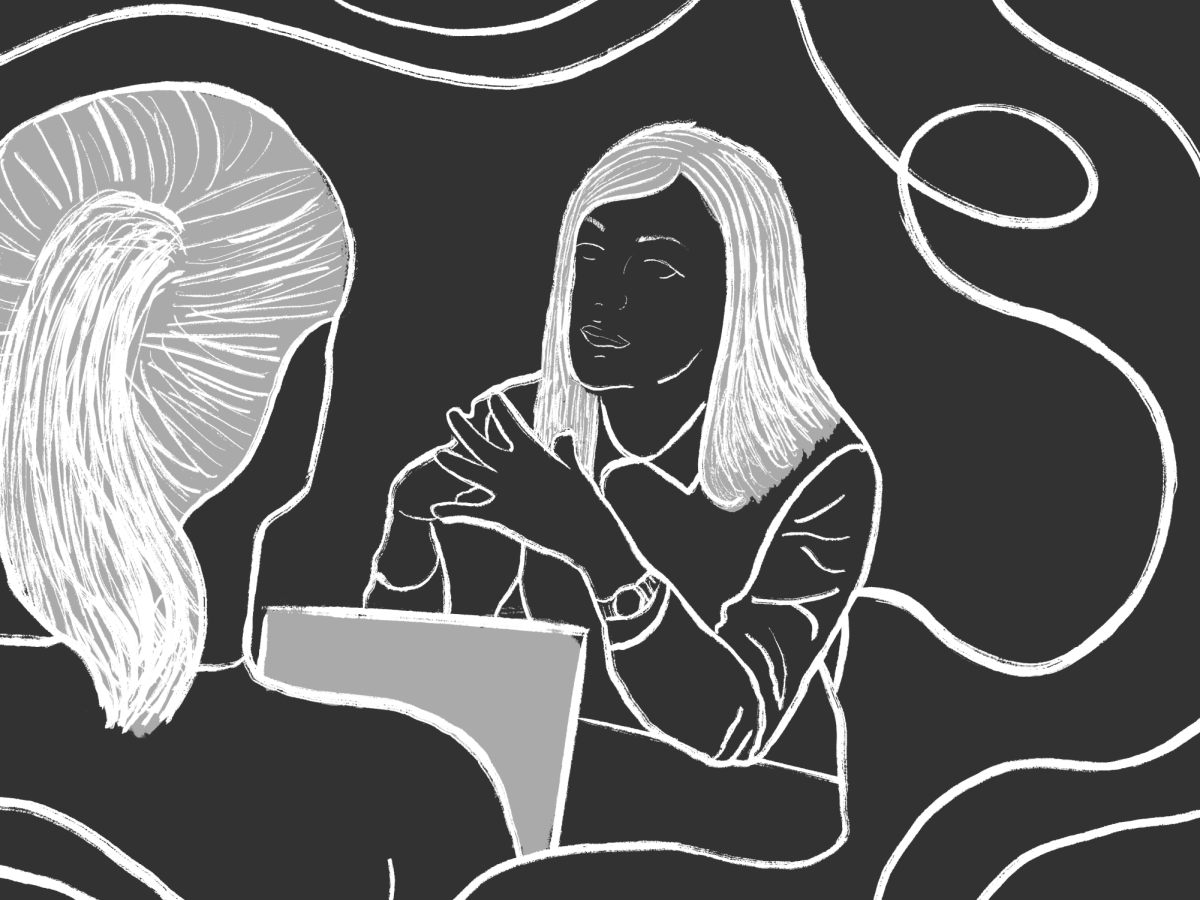




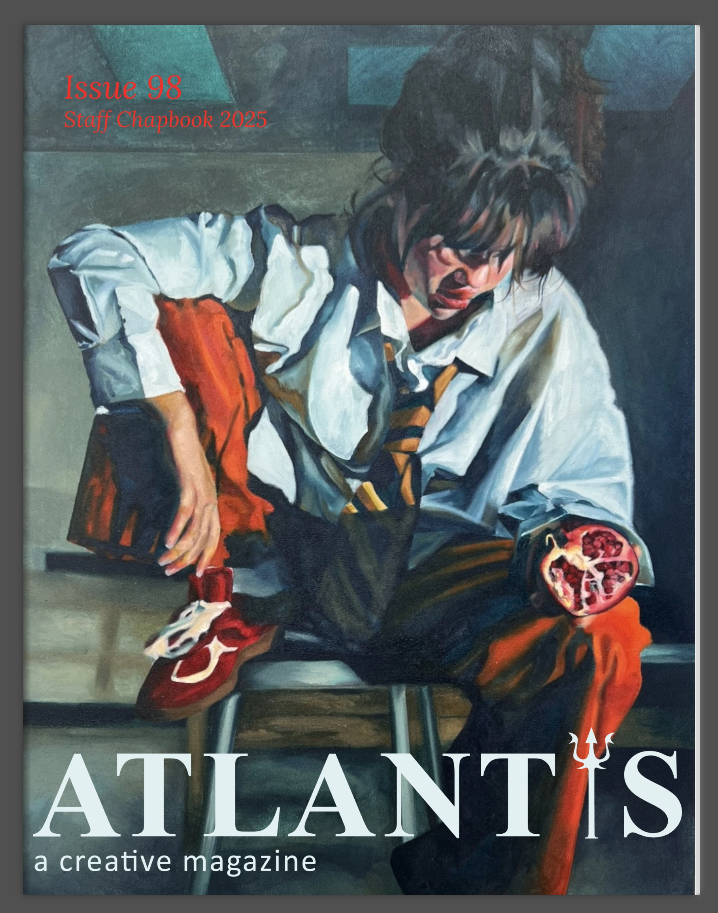
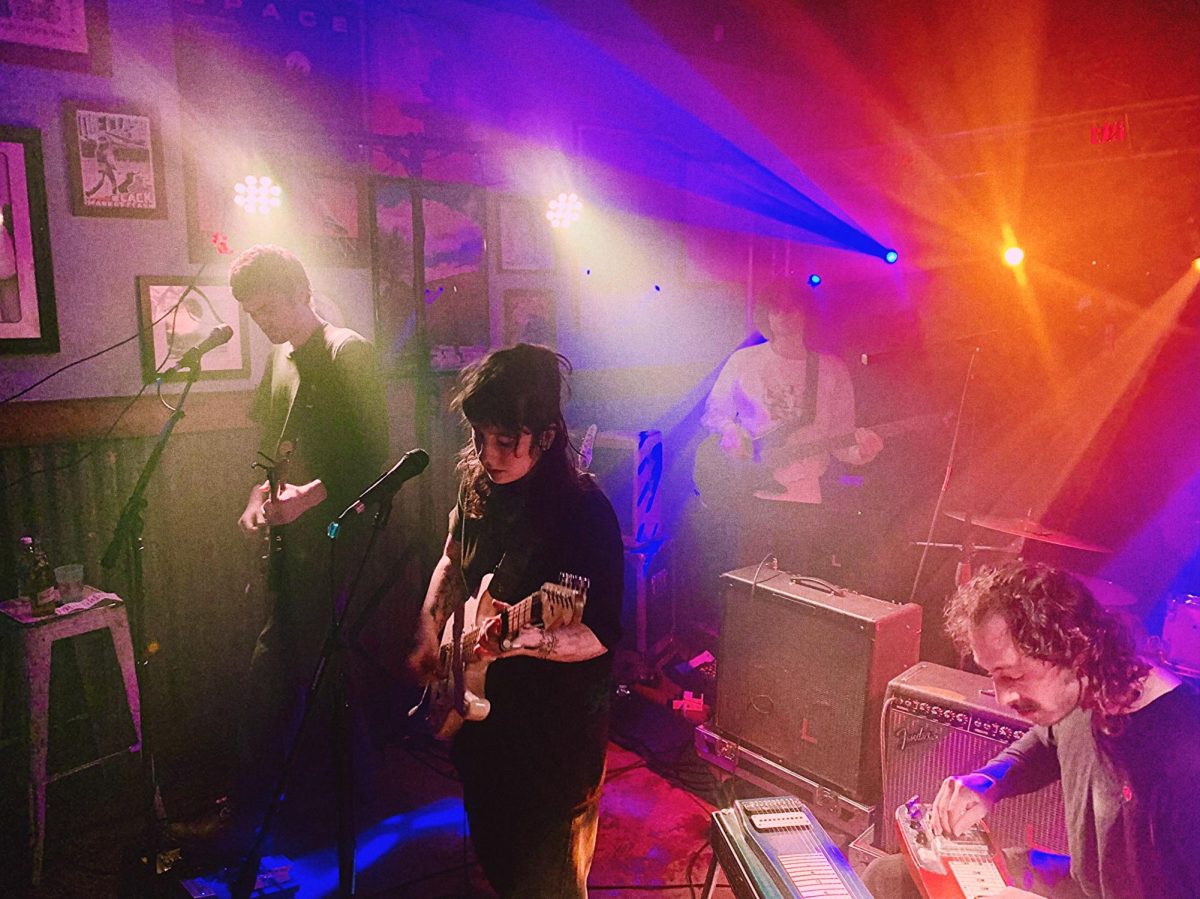



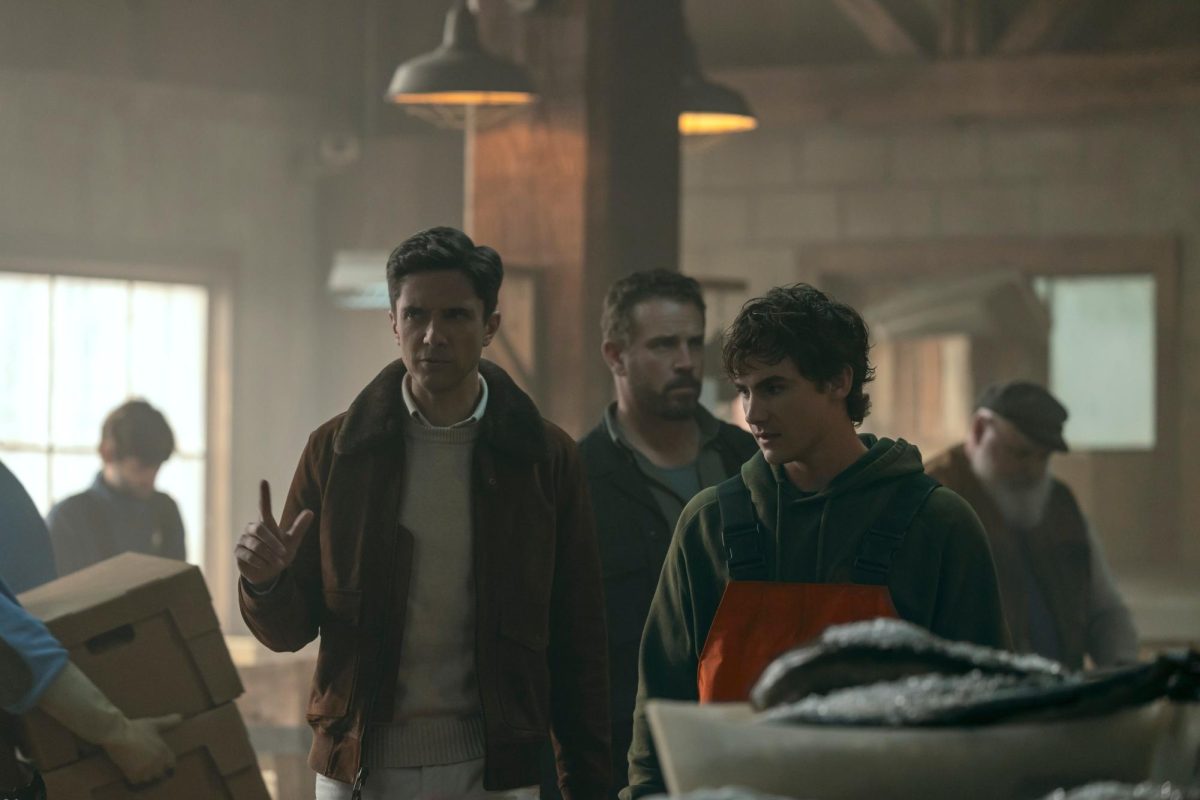

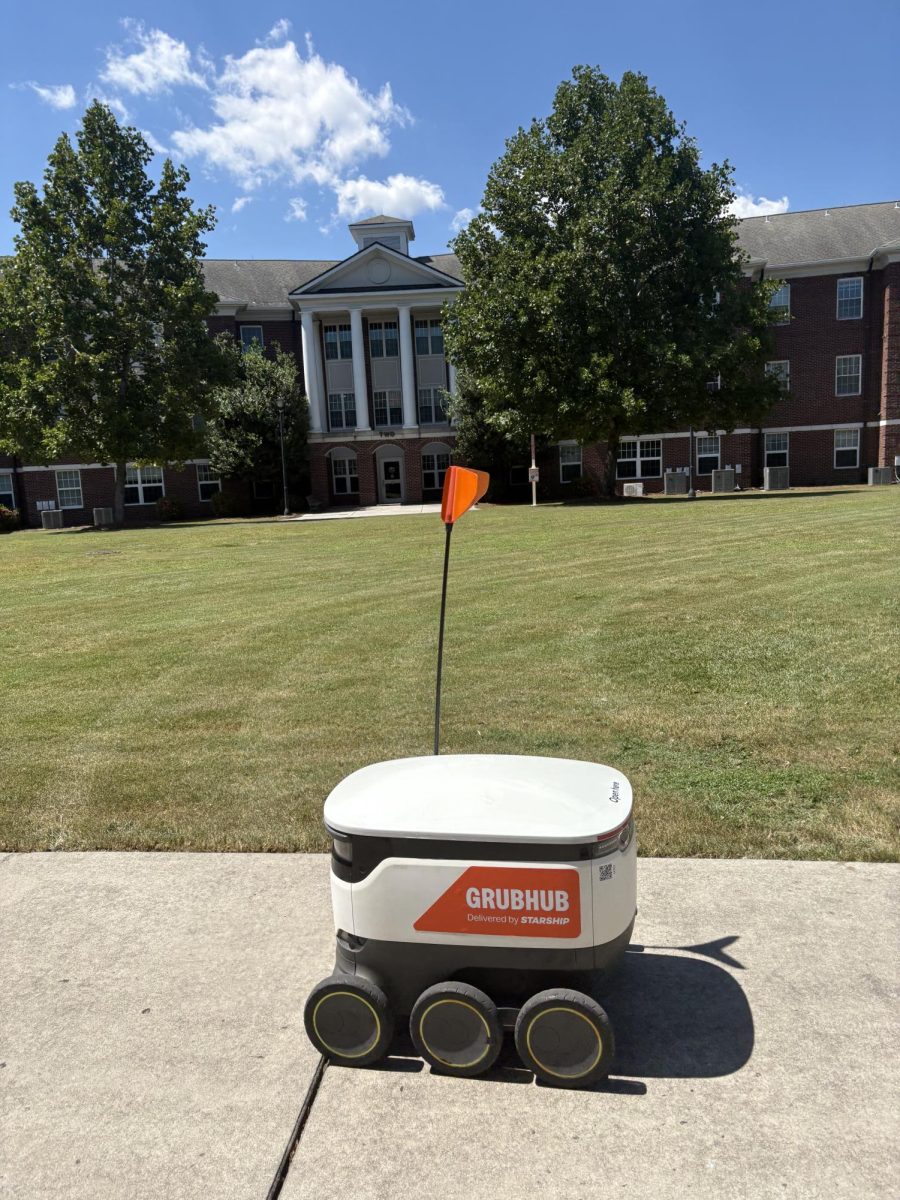


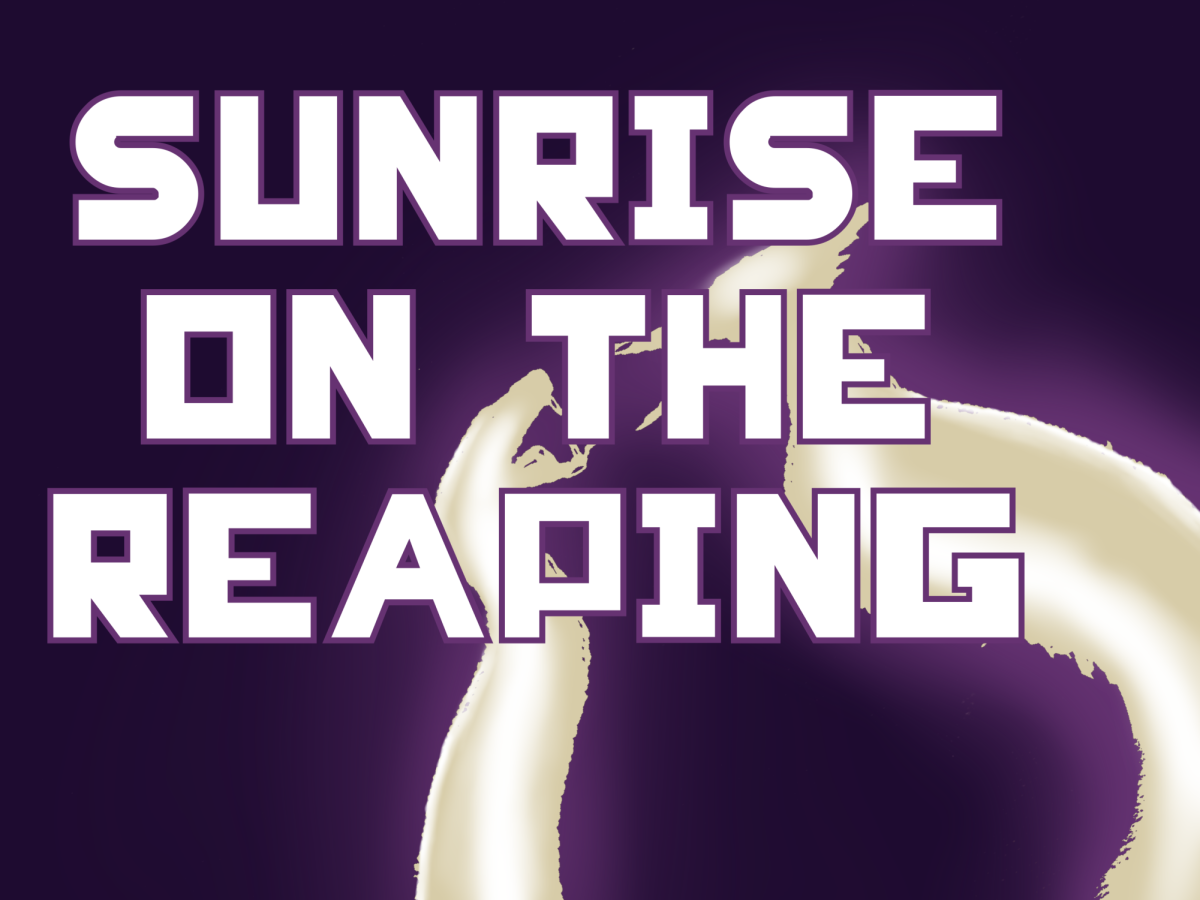
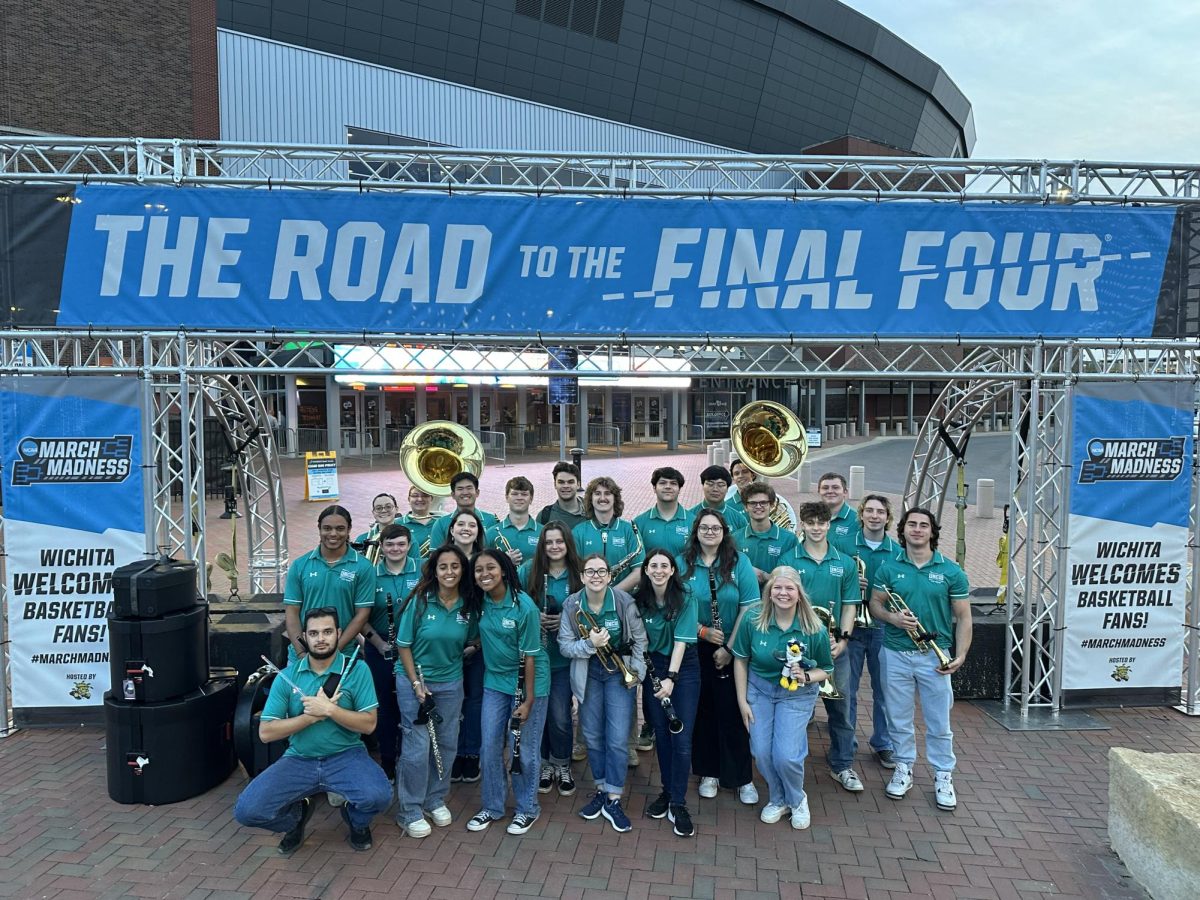

Riley Snyder • Apr 23, 2025 at 9:26 am
Best team ever!!